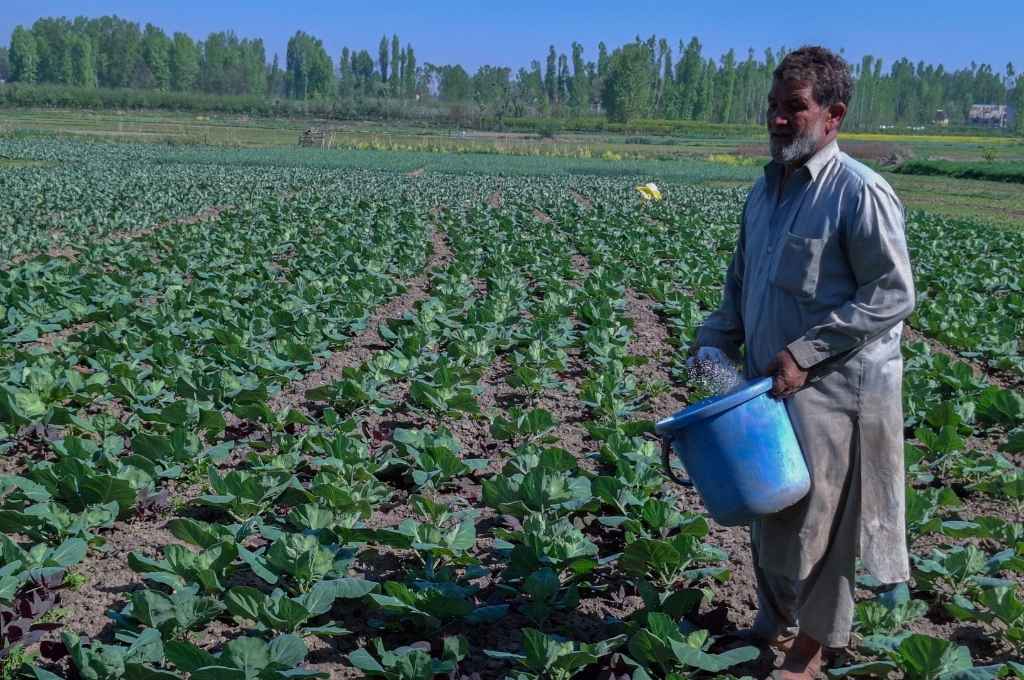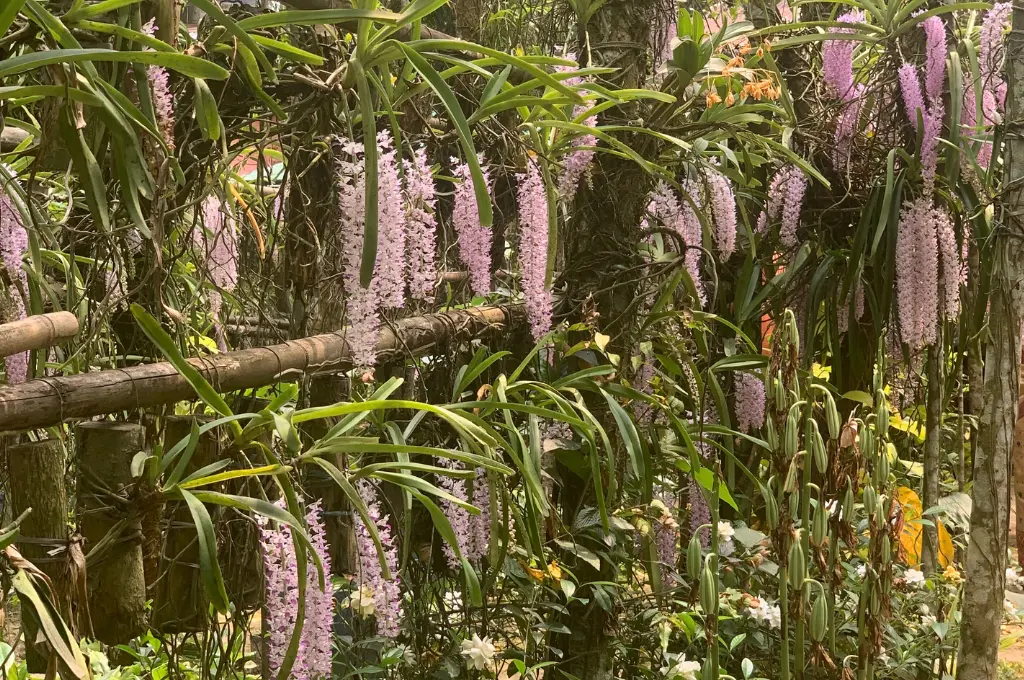No land, no clay: What’s threatening mask-making in Majuli?

I am from Majuli’s Chamaguri Satra, a monastic order that originated in 1663. Renowned for its mask-making, this satra is one of many in Majuli that display the intersection of religion and art. I aim to carry forward the work of my ancestors, who have all been engaged in mask-making as part of the satra. In 2003, my father was awarded the Sangeet Natak Akademi Award for his contribution to the tradition of mask-making associated with the Bhaona theatre of Assam.
In order to live up to this rich heritage, I spent 12 years learning the satra’s traditional mask-making technique. It takes three to four days to create a mask. Bamboo forms the base layer of the mask. Potter’s clay is then used to construct the next layer, and once that dries, it is reinforced with a layer of cow dung. Then a layer of cloth is applied and painted over to create the finished product. In addition to being put up for sale, these masks are used in staging traditional theatre.
This mask-making process has stayed the same for generations, and it is heavily dependent on the steady supply of local raw materials. However, the continued erosion of land in Majuli has made it harder to source the clay required for it. Our tradition is deeply linked to the use of these local raw materials, and I fear that their dwindling supply signals the inevitable end of the art of my ancestors.
Dhiren Goswami is a traditional mask-making artist from Majuli, Assam.
—
Know more: Learn how social media is helping a batik artisan reinvent traditional methods.
Do more: Connect with the author at dhirengoswami2016@gmail.com to learn more about and support his work.



